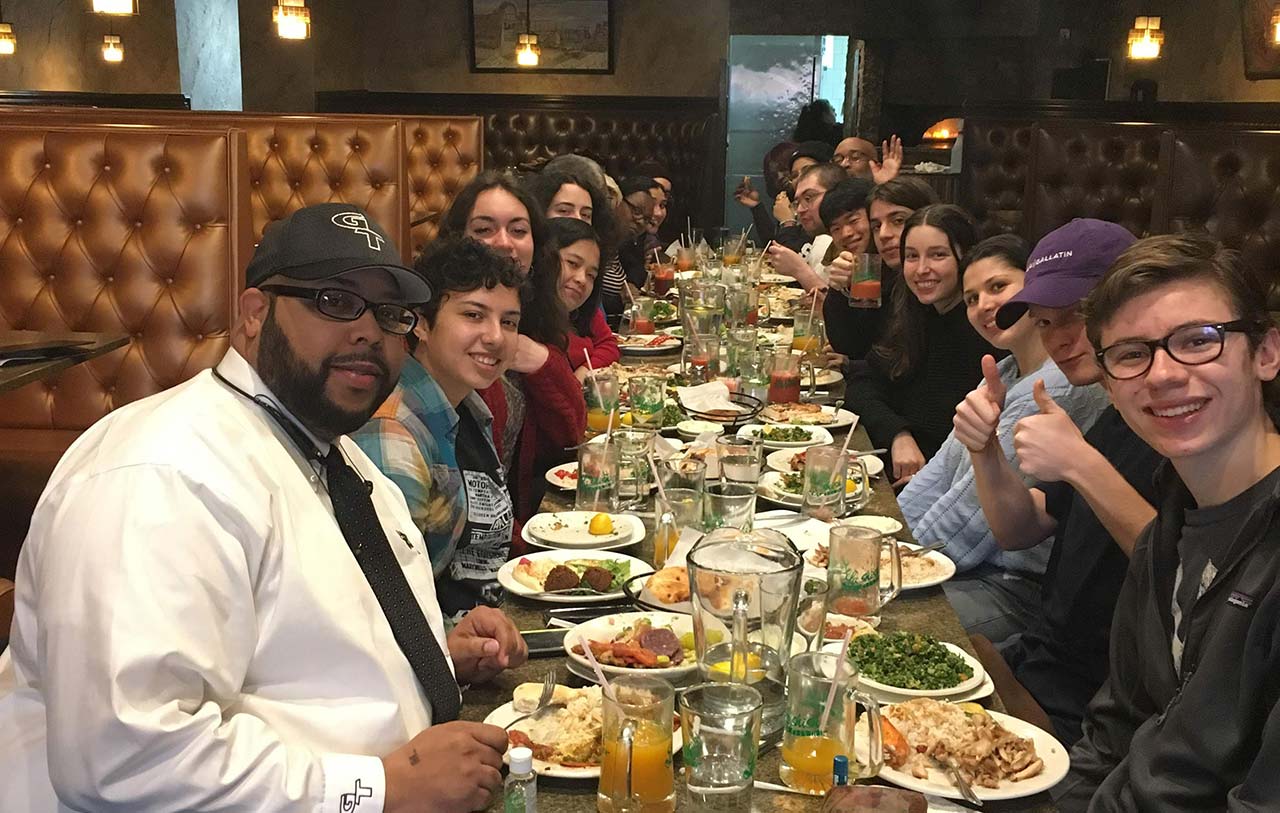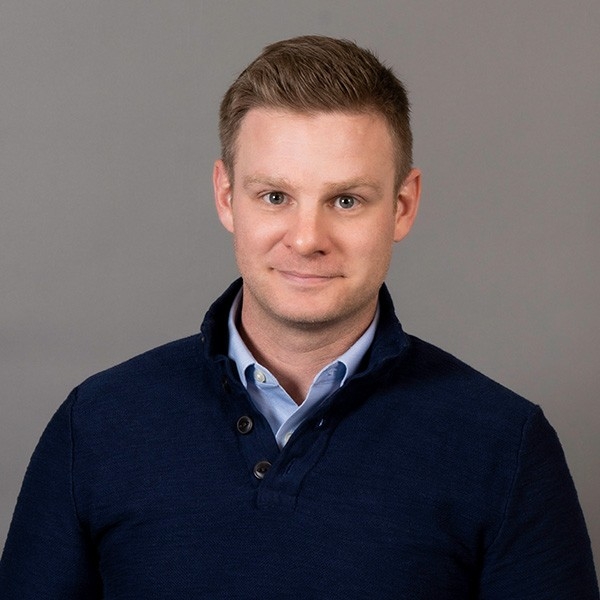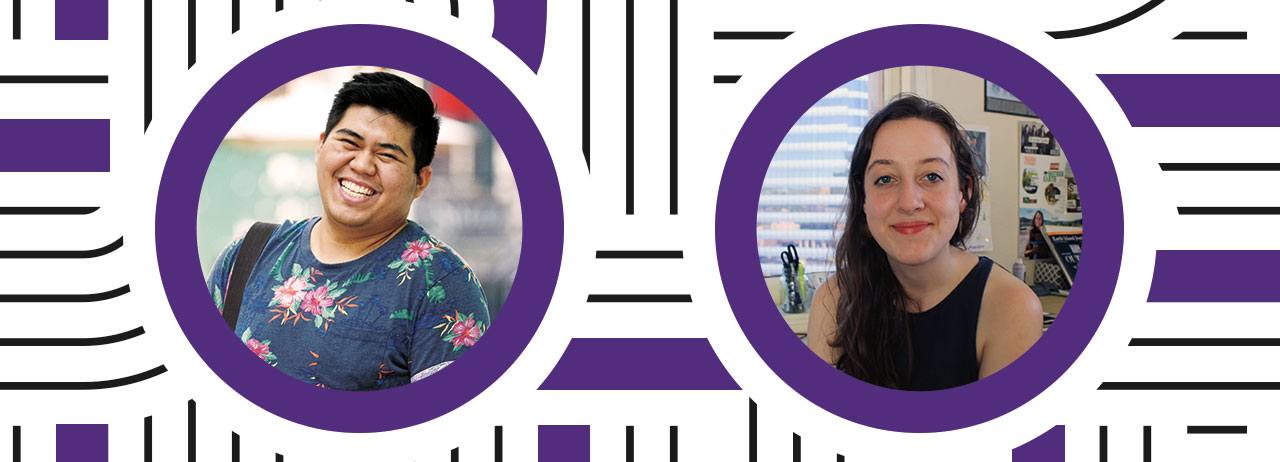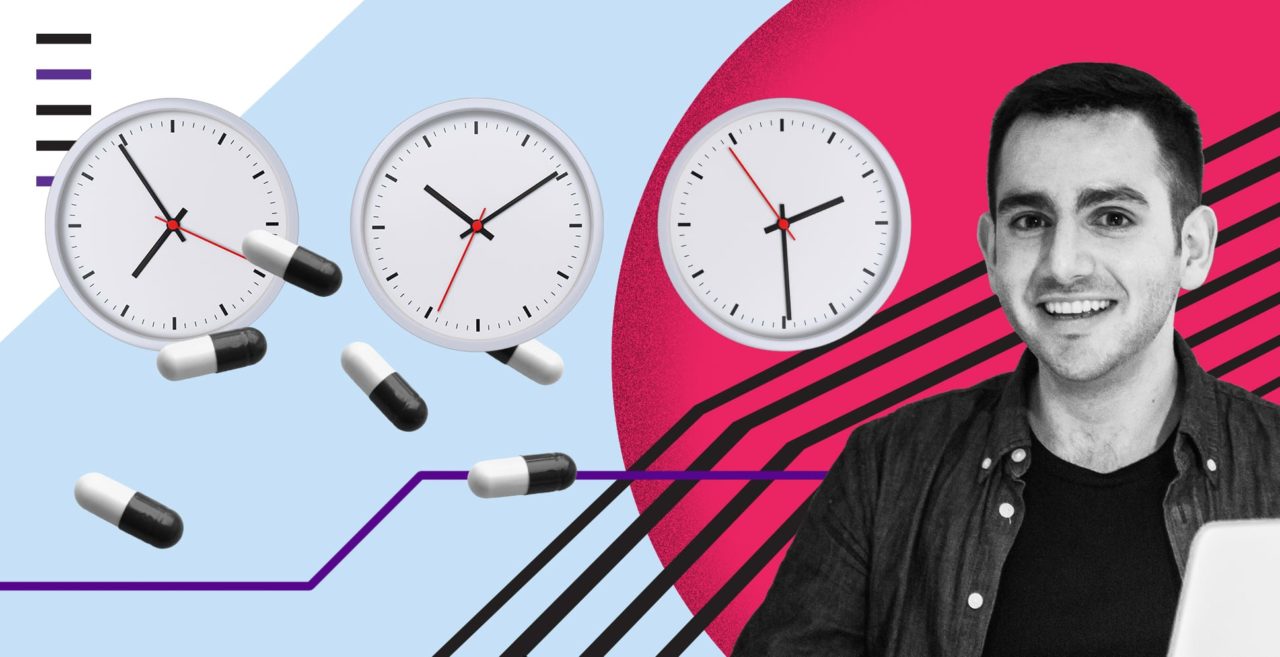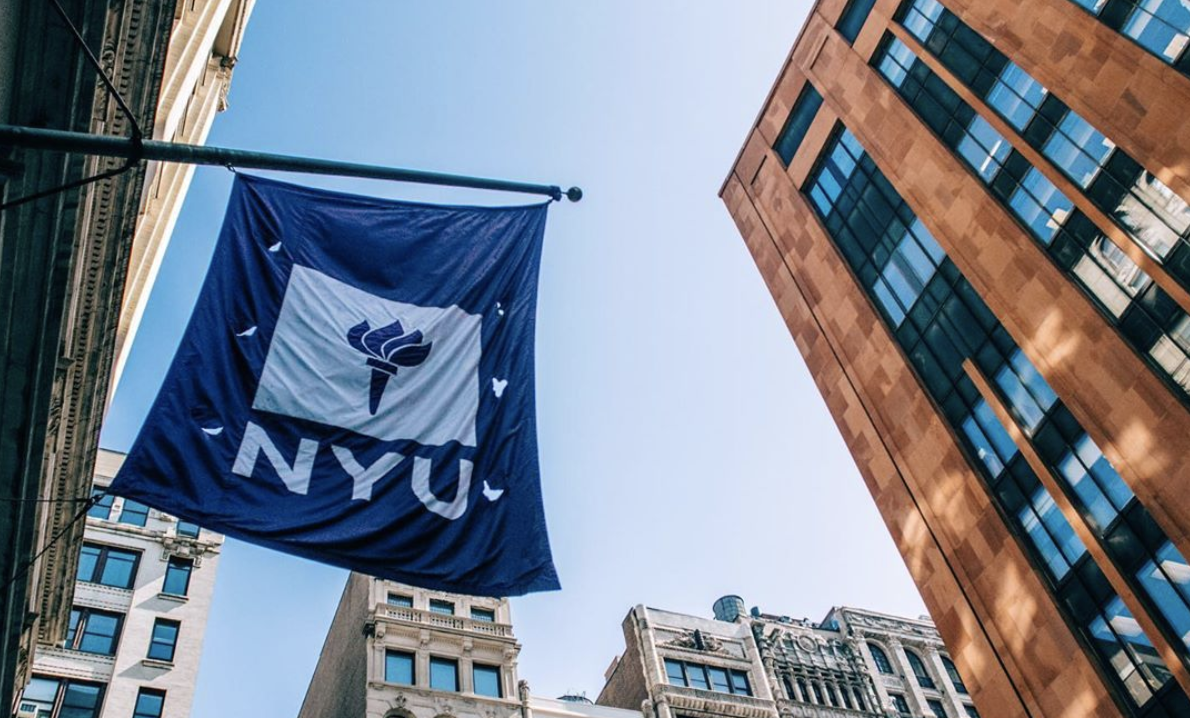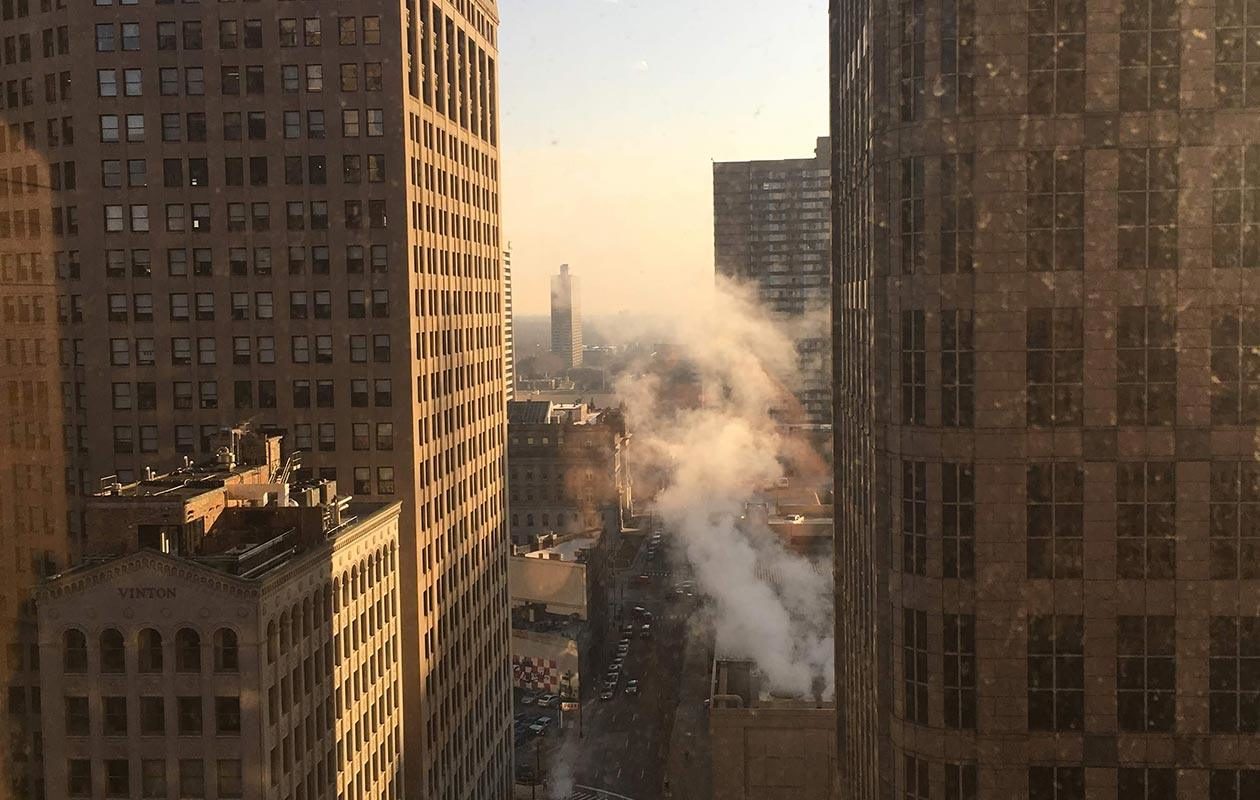
Navigating the Highway to Change
When someone mentions Detroit, what comes to mind? Is it a bustling industrial center built on the success of auto manufacturers and Motown Records? Or is it a once-booming metropolis now suffering from economic hardship, racial tension, and urban blight? If you chose the latter, Michael Dinwiddie, a longtime Detroit resident and associate professor at the Gallatin School of Individualized Study, says you’re in for a surprise. The Motor City is working to reinvent itself, and this spring NYU students witnessed the reawakening firsthand.
“Detroit is such an interesting place,” says Dinwiddie. “I’m fascinated by the shift from how it was talked about in the past to how it’s starting to be talked about today. The sad thing is, hardly anyone is aware of what’s happening now.” During spring break, students in Dinwiddie’s interdisciplinary seminar and travel course The Detroit Cycle: 21st-Century Reinvention(s) took a trip to the city to see the transformation for themselves.
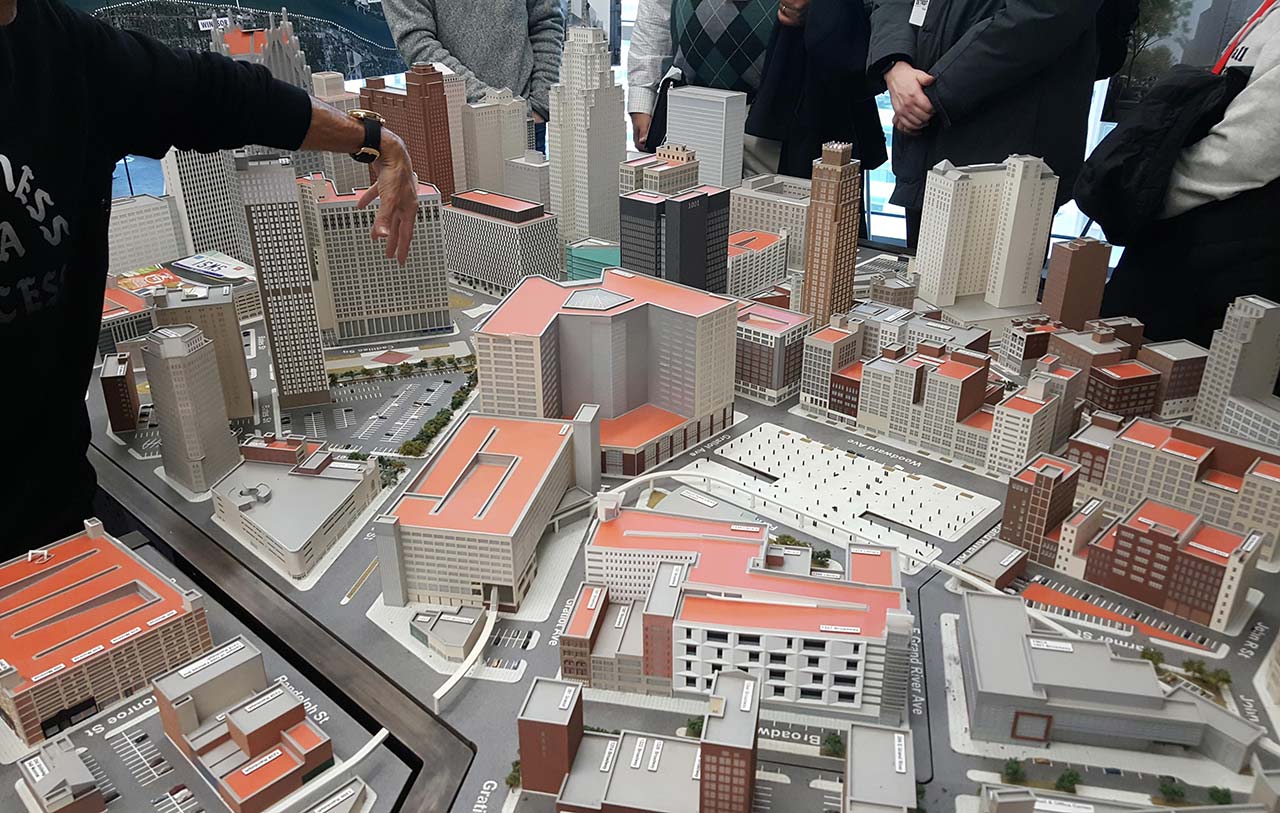
Looking in the Rearview Mirror to See the Road Ahead
Prior to the travel aspect of the course, students engaged in classroom discussions that examined the arc of Detroit’s past, present, and possible future through myriad lenses—political, economic, cultural, racial, and more. These discussions helped them understand how the city weaves its new narrative and what that narrative might ultimately be. “We talked a lot about the current efforts to shape Detroit through both private development plans and local activism, and how different communities have different visions for the city,” says Maria Polzin, a Gallatin student studying the poetics of the political.
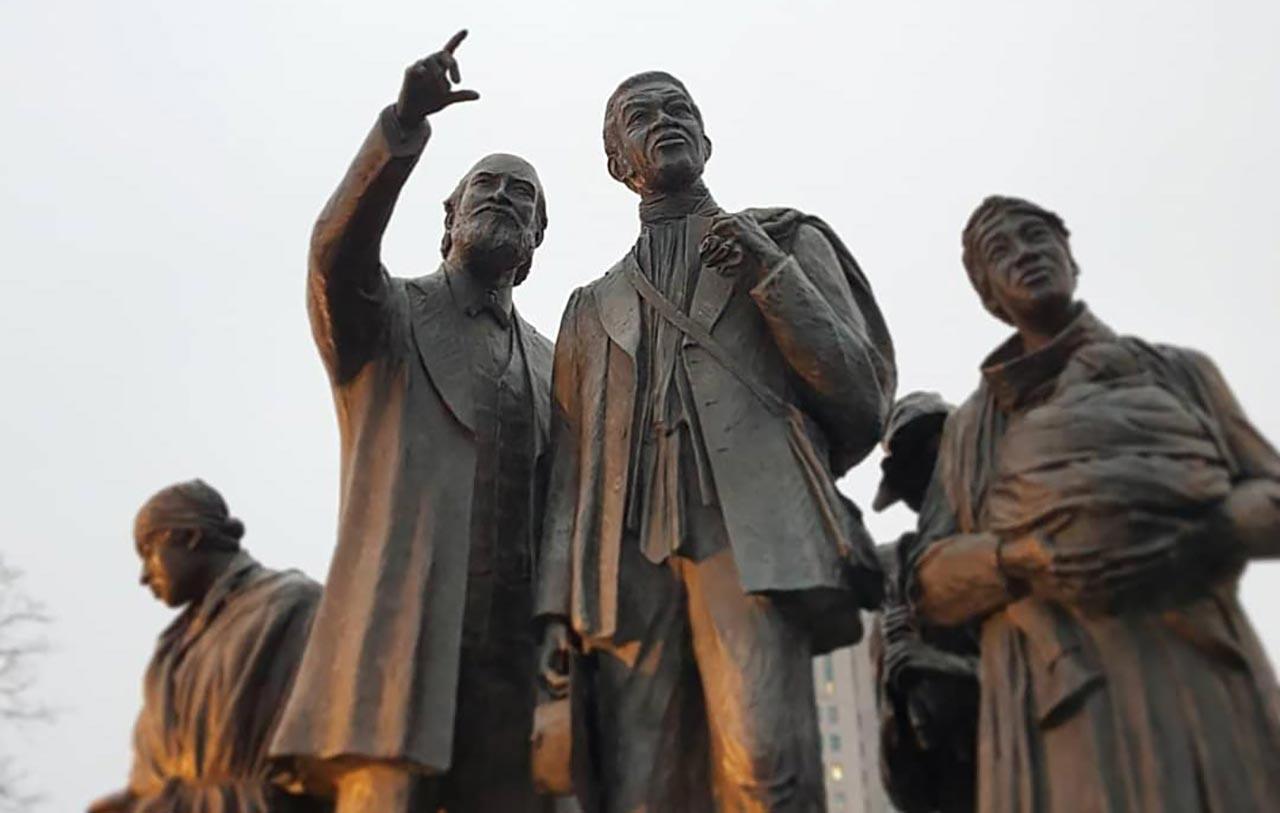
An In-Person Tour of the Possibilities
During their week in Detroit, students conducted independent research in an area of their choice to discover unique aspects of the city’s many communities. Some explored the possibilities of shuttered factories like the Packard Automotive Plant. Others talked with business and community leaders, entrepreneurs, educators, and local artists to get their take on how the city is improving. Maria focused on the fact that Detroit has the highest density of urban food gardens in the country. “Gardeners and activists partnered with churches, municipalities, and nonprofits to teach Detroiters how to grow their own produce and potentially make a living from it,” she explains.
The travel course let the students walk the streets, see the buildings, and talk with the people of the city—bringing their in-class discussions to life. “Detroit is a complicated city with a history of discrimination, deindustrialization, and violence,” says Gallatin rising junior Bella Florence. “We definitely saw evidence of that—but we also saw abundant love. Especially at the Heidelberg Project, an outdoor art installation by Tyree Guyton dedicated to improving the lives of people and neighborhoods through art.”
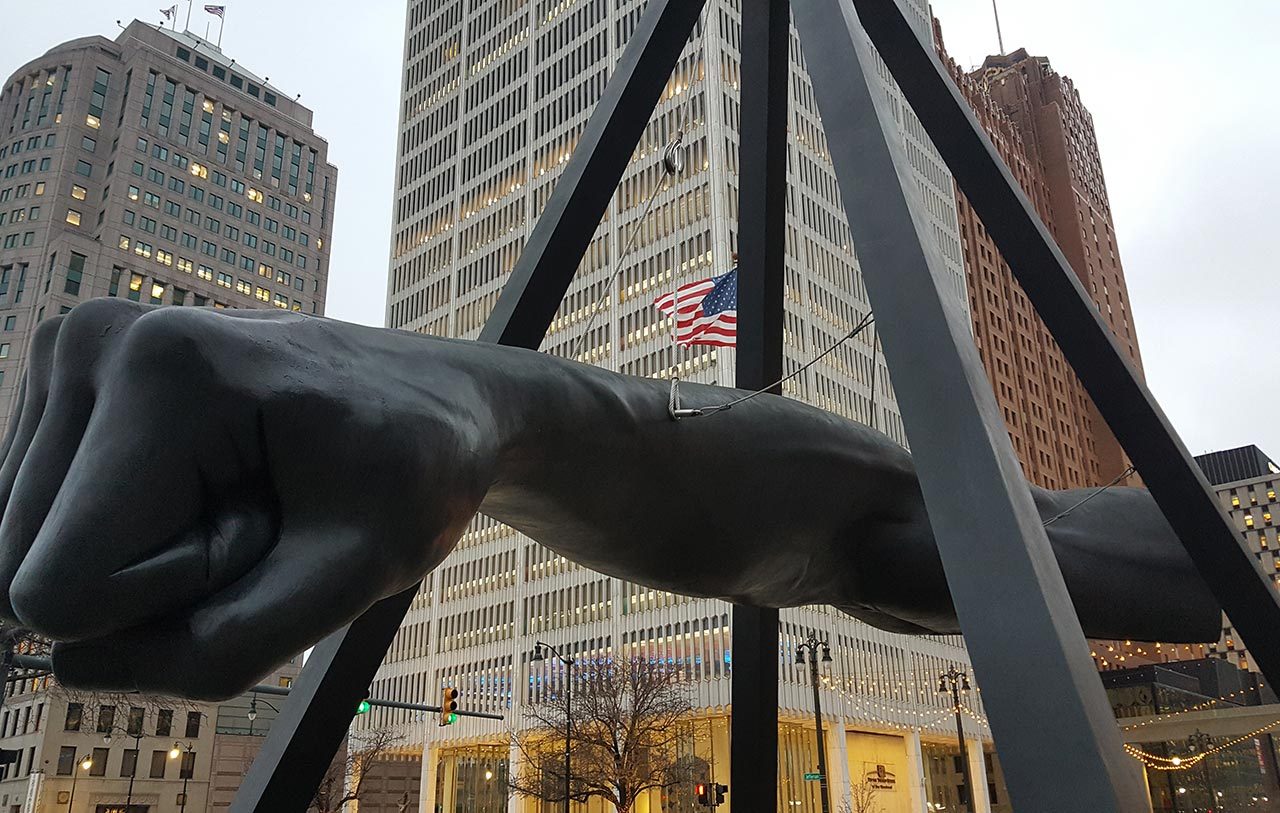
Changing Course Toward a New Perspective
In the end, Dinwiddie believes the study of Detroit’s culturally complex history should be viewed as a barometer for what is happening—or could happen—in cities across the country and around the world. “The trip broadened students’ perspectives. It showed them that truly experiencing a city involves getting to know its people, cultures, and traditions,” he says. “They learned to not rely on myths about ethnicity and came to understand how innovative thinking and hard work can make anywhere a better place.”
